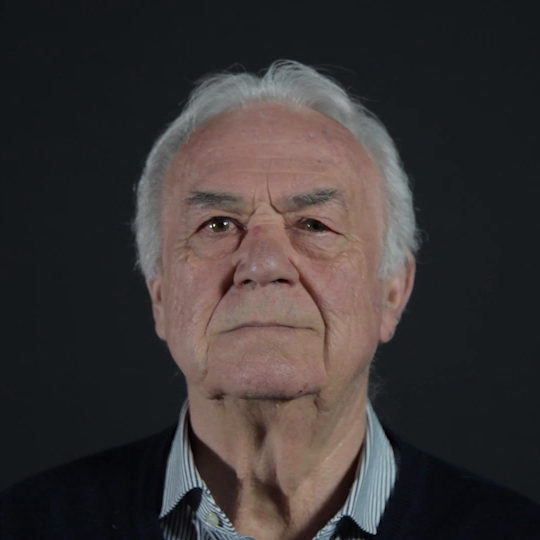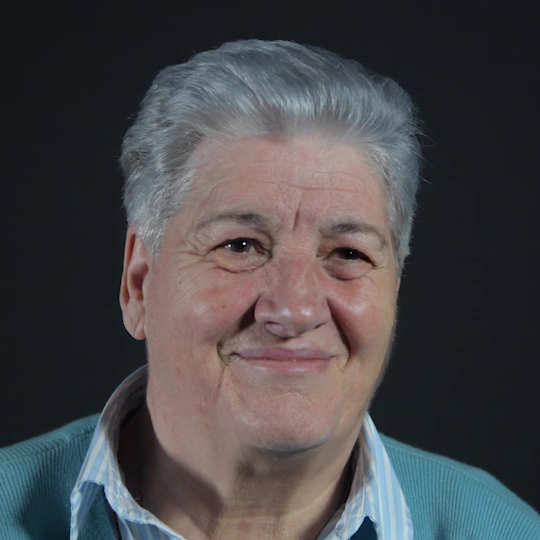Roberto Betti
Everything depends on water
Our site saves small pieces of text information (cookies) on your device in order to deliver better content and for statistical purposes. You can disable the usage of cookies by changing the settings of your browser. By browsing our website without changing the browser settings you grant us permission to store that information on your device. I agree
This icon identifies the places described in the “Paesaggi Narrativi” (Narrative Landscapes)
This one, on the other hand, identifies the areas in the “Paesaggi del Benessere” (Landscapes of Wellness)
Check out this symbol which gives you a 360-degree view of the amazing landscapes
A tablet from 1600 states: Balnea ista inter celebres Porsennae delicias insigna (These baths, remarkable among Porsena's famous delights). There is a lot of rhetoric but the presence of the Etruscans in this thermal area is documented. The name Chianciano is linked to the place name of Chiusi or it may refer to “Cis Clanas”, this side of the Chiana, or may have been taken from a Roman centurion. Marcus Terentius Varro, Albius Tibullus and Horace speak of the waters of Chianciano, and there are some who place the “Fonti Chiusine” here where the emperor Augustus was cured. The remarkable remains of thermal structures are housed in the museum, such as the famous “Mater matuta”, in addition to the chariot of Diana Sillene (3rd-4th century BC) after which an establishment has been named (but it is also thought to refer to Silla). It has been constantly visited by famous figures: Pirandello set two short stories here, Federico Fellini filmed his masterpiece 8½. Claudia Cardinale in the role of a water server, Marcello Mastroianni in the role of a tormented director are iconic black and white films from a wonderful, perhaps unrepeatable period. But if treatment of the liver is no longer popular, there are alternatives in step with the times: the sensory spas and thermal pools, as well as a stunning landscape. Look no further than the Foce area which overlooks the Val d’Orcia.
Chianciano was a very large Etruscan-Roman centre in the Agro Chiusino, followed by a medieval castle. The place name suggests Clancianum, i.e. on this side of the Chiana. A document from 1072 reveals that it belonged to the Manenti counts, like Chiusi and Sarteano, which joined forces with Siena in 1229. It then became part of Orvieto in the first half of the 13th century for a brief period. In 1347, Chianciano swore loyalty to Siena. After the Grand Duchy period and then national unity, a modern identity was established, centred around a new concept of thermal treatment, which was well promoted locally. And so brave sharecroppers became the rich protagonists of a new economy in a glamorous setting, glowing with lights, sounds, around the well-known faces of music and the cinema. Subsequently, other places attracted high society and tourism, aided by the public health service. After a golden age, Chianciano remains with its wealth of thermal waters, accommodation facilities and history, whilst waiting for a revival.

Everything depends on water

The awe that Fellini inspired

Everything depends on water

The awe that Fellini inspired